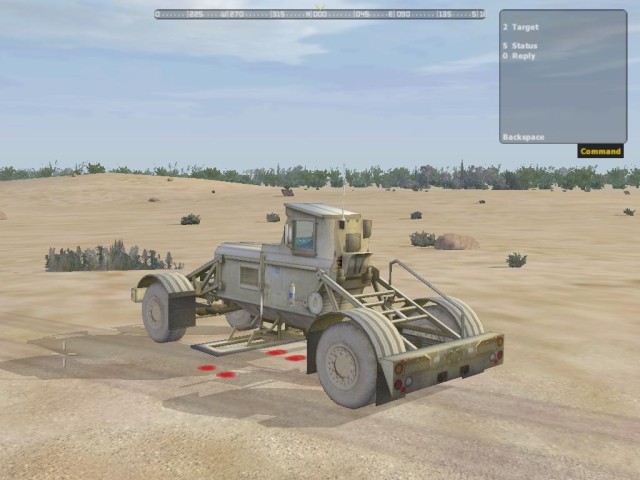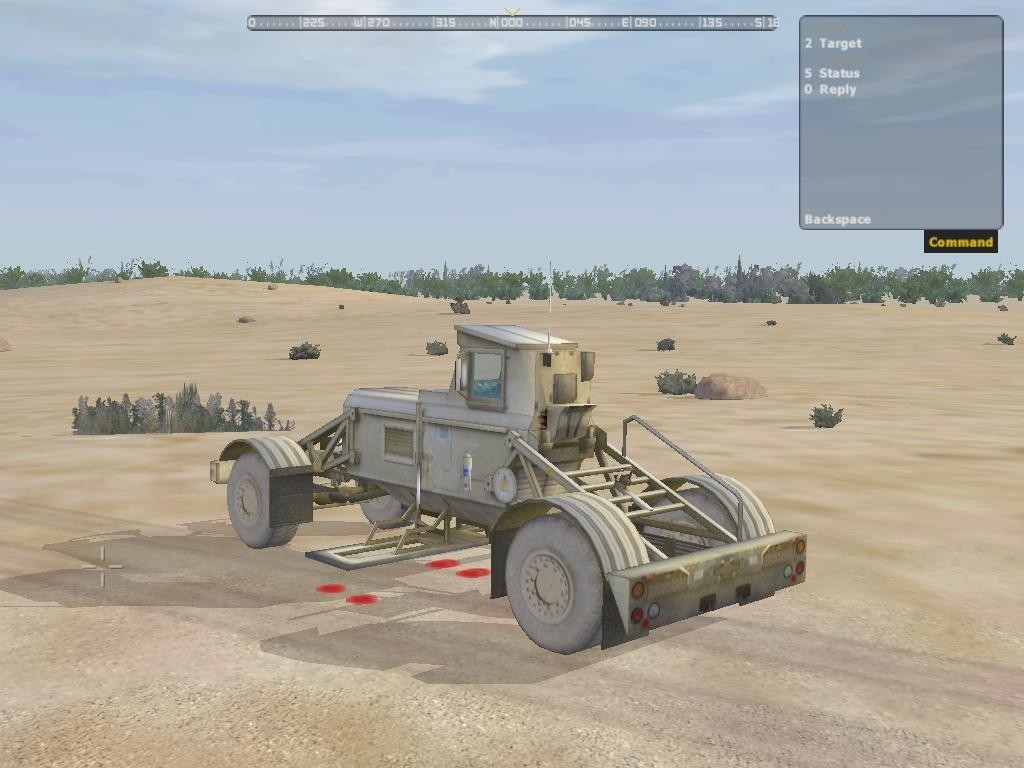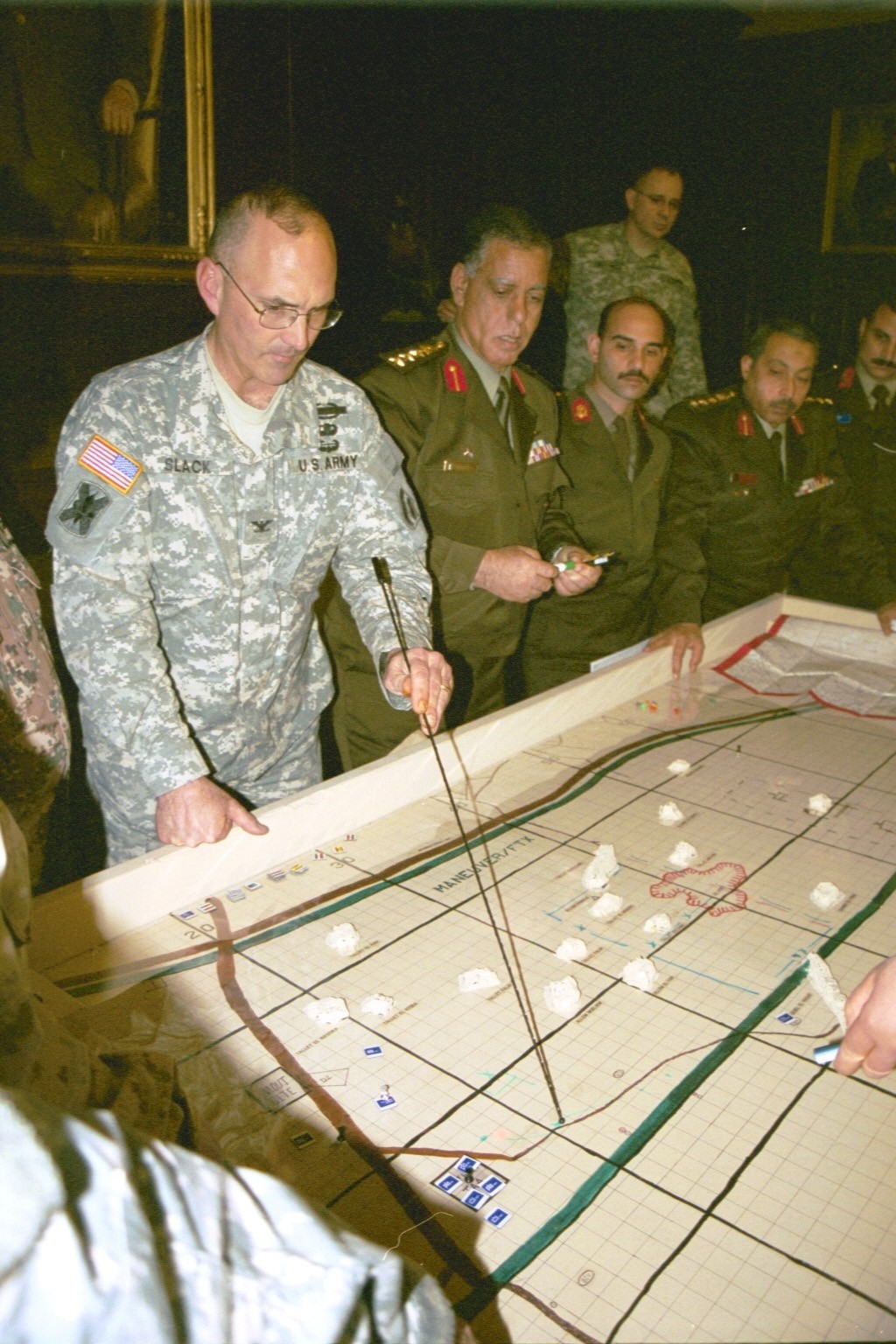Gaming has long been an important tool used by militaries to assist in training, analysis and mission readiness. What began 5,000 years ago as warfare models using colored stones and grid systems on a board has evolved into state-of-the-art computer-simulation systems that allow users to customize their virtual experience based on real-life events.
Military simulation games evolved over time, eventually leading to the Roman legions' sue of sand tables and miniature replicas representing the battlefield in the 1st century A.D. They were visual tools used to play out strategic scenarios. These devices remain in use today at military academies and schools, but are slowly being replaced by computer simulations.
Early Systems
The greatest advancements in pre-computer war games came in the mid 17th century, said Roger Smith, chief scientist and technology officer for the Army's Program Executive Office for Simulation, Training and Instrumentation. Germany's Christopher Weikmann designed "Konigspiel," "the King's Game," one of the earliest warfare board games, which allowed a player to visualize the movement and actions of his forces on a playing board.
"That was the beginning of the most important changes. Before that everything was literal, a direct representation of the battlefield with no way of abstractly representing behaviors," Smith said. When the Germans started using paper board games, they were able to estimate battlefield actions using probability and other forms of mathematics.
In 1811, another German, Baron von Reisswitz, developed "Kriegsspiels," a more detailed board game using contoured terrain and porcelain soldiers, which introduced the concept of a starting scenario with a stated military objective, Smith said. The Germans were "creating the foundations of mathematically driven warfare that would be programmed on computers in the 1950s."
Inventors further refined the board war game in the 1950s with hexagonal overlays to track movement and engagement, and a combat-results table for calculating attrition and movement, which incorporated the impact of terrain on combat activities, Smith said.
"The RAND Corporation was working on a system to present theater-level warfare in a form that would allow more mathematically accurate actions than those found on sand tables and board games of earlier centuries," he said.
At the same time, Charles Roberts, an entrepreneur awaiting his Army commission, developed a similar game. Both systems also introduced combat-results tables and the use of dice to add random events and outcomes to the "battle."
Roberts established Avalon Hill, a commercial entertainment company, in 1958, and used the military planning and training tools to popularize war-gaming as a form of entertainment. "Thus was born the lasting tension between games as serious military tools and games as a form of entertainment," Smith said.
Casual players wanted a user-friendly game, but the military needed accuracy and began using computing machines to assist with more involved calculations. Technological advances made these devices more accessible, Smith said, and incorporated more detailed mathematics and logic into game play. The forms of the games themselves though, remained relatively unchanged.
Computers Arrive
The Army Operations Research Office at Maryland's Johns Hopkins University developed the first truly computerized war games. Beginning with "Air Defense Simulation" in 1948 and the "Carmonette" series of simulations in 1953, these systems eliminated much of the manual work of moving pieces, rolling dice, looking up results in a table and calculating final results, Smith said.
"The players could focus on the tactical movements and leave the complexity of manipulation to the computer," he said. Game size was expanded, limited only by the computer's capabilities.
As developers' understanding of the power of the computer grew, they were able to "incorporate mathematic and logical algorithms that were far beyond what could be managed with a human-driven paper game," Smith said. The 1970s saw the first iterations of today's networked, multiplayer simulations. Games like the McClintic Theater Model at the Army War College, not only improved mathematical models of warfare, they incorporated attractive system graphics.
In today's personal-gaming age, Smith said entertainment games and technologies are being modified and used in the military domain, and traditional games have been re-tooled for casual gamers and sold for entertainment.
"We are much more comfortable with using entertainment technologies for military training today," Smith said. Military-training simulations like JANUS and SIMNET have been incorporated into simpler commercial games. "America's Army," a modification of Unreal Tournament;" DARWARS Ambush," and adaptation of "Operation Flashpoint;" and X-Box's "Full Spectrum Warrior" have all been used by the military.
"Marine Doom" was one of the earliest examples of modifying games for training purposes, Smith added.
The game was an early modification of idSoftware's "Doom II." Marine Lt. Scott Barnett, the project officer, and Marine Sgt. Dan Snyder, a designer and modeler, tweaked the commercial off-the-shelf product in the mid-1990s to enhance teamwork, coordination and decision-making training.
"It was primitive, but they showed the big idea of using games for training," Smith said. At the time, the Army's leaders did not realize the full potential of COTS games and their value to military training, so research into its uses was limited.
"As games have become more sophisticated, and as the military has come to understand them better, we have been able to identify better means of leveraging these technologies for serious purposes," Smith said. "We have come a long way in how we use games. Every year somebody takes it a stop further."
Researchers and developers today are faced with the challenge of creating game-based software that can be deployed around the globe as the demand for them increases, Smith said. Rather than waiting for official products to reach them, "Soldiers are putting these COTS games into their own hands and modifying them for their specific needs."
One of the few broadly deliverable products in use today, "DARWARS Ambush" has been deployed to Soldiers in the States and abroad, and has become a valuable tool for both users and developers.
"We bring the system out to the field and create a gaming lab with a networking center," Smith said. A tech provides a series of scenarios to the Soldiers and teaches them how the tools work and how to change those scenarios to the extent the system will allow.
"The Soldiers just dive in and start 'playing' the scenarios," Smith said. "Then they start adapting those scenarios to make them more realistic. They are not only learning the given scenarios, but teaching themselves to replicate real-life experiences to re-live and recreate what they've seen on their own missions."
The users are able to take another look at specific events from a stress-free environment and provide developers with valuable input about the effectiveness of the training.
Smith said that modern tools for training have spread beyond combat to medical and cultural scenarios. The military has also expanded its research to varied uses of artificial intelligence.
Through a sustained partnership among researchers, developers and users, Smith said the Army continues to look at the technology within games, rather than the games themselves, as a means of creating alternatives for many of the established tools for training.
"There is more of an acceptance of these technologies every year," Smith said. "We are better able to answer the questions that have surrounded military simulations, and we are able to more accurately translate military models into accurate simulations."
(Editor's note: For more on military gaming, see the September issue of Soldiers magazine.)






Social Sharing